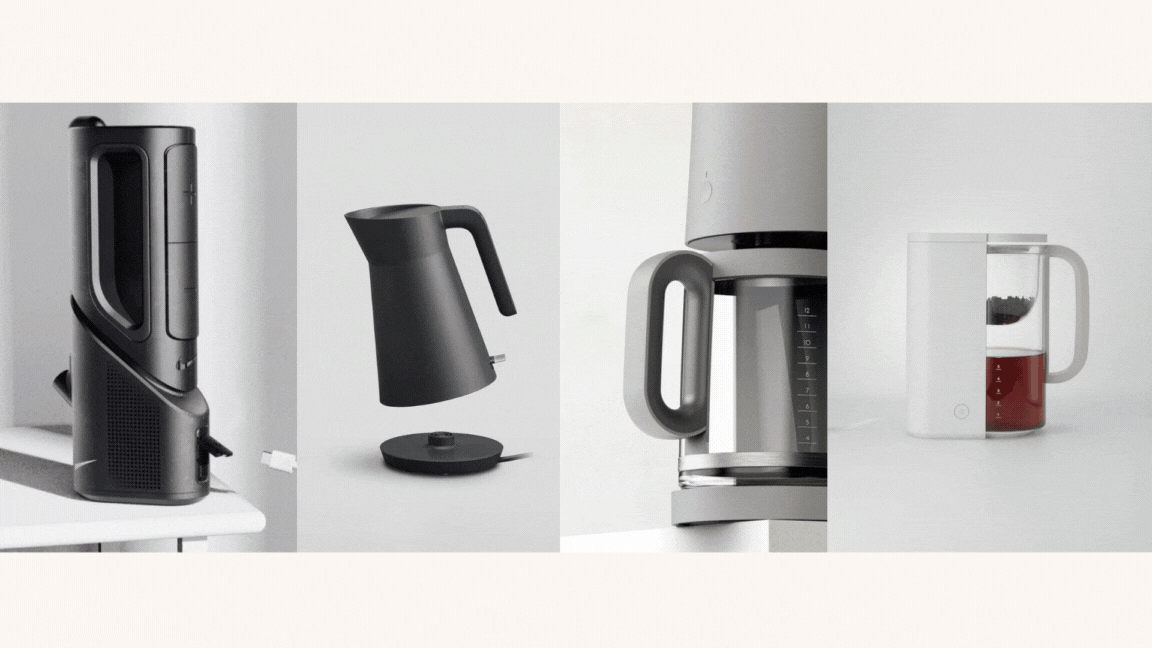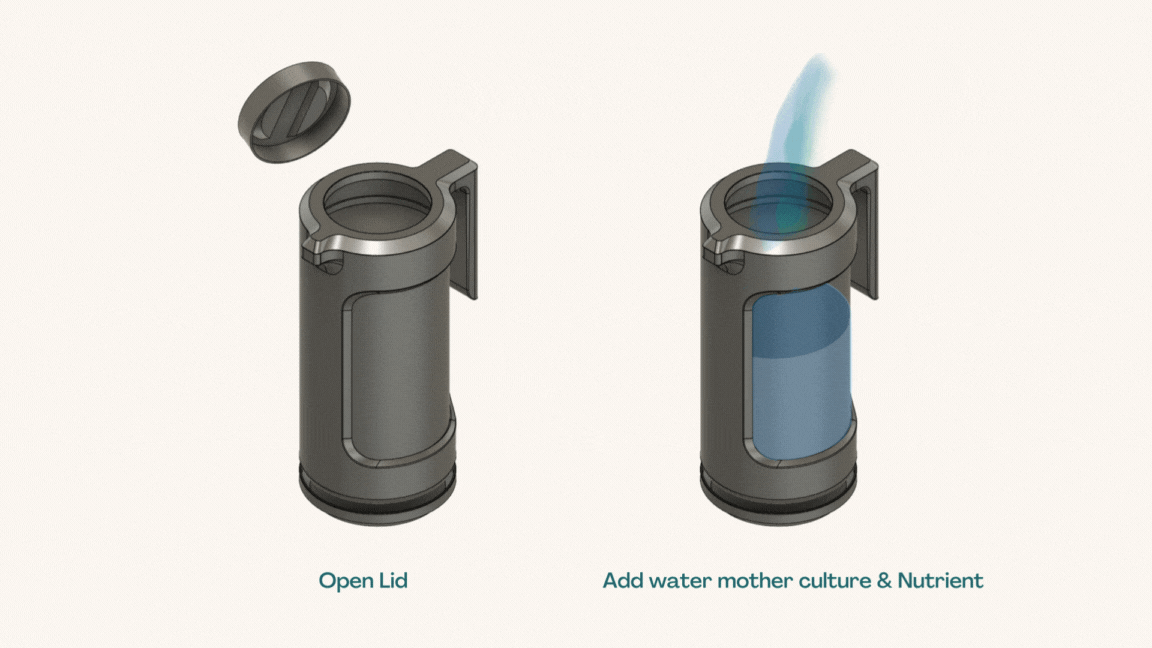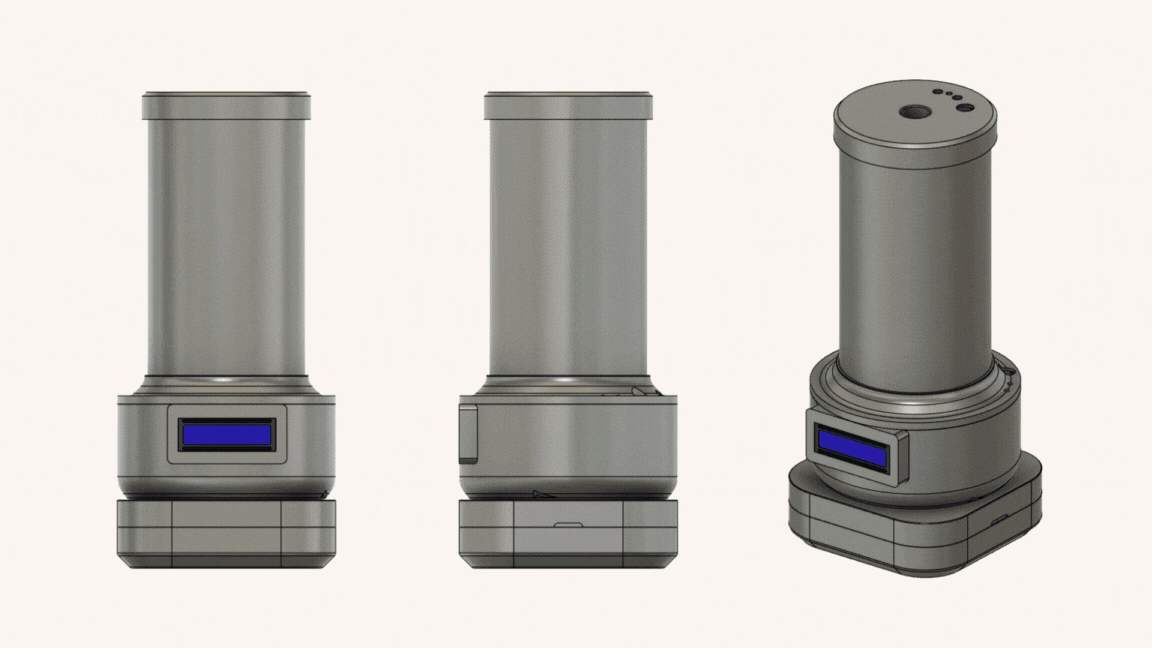
Spira BR-1
Spirulina Cultivator
Industry: Nutrition & Wellbeing
Year: 2025
Design Brief
SBR-1 is a countertop device that lets users grow and harvest fresh spirulina at home. Designed for health-conscious individuals, it brings transparency, sustainability, and control to daily nutrition—like a personal spirulina brewer.


Research
Spirulina is a blue-green algae packed with protein, iron, antioxidants, and essential amino acids. It’s considered one of the most nutrient-dense foods on the planet—NASA even recommends it for astronauts. Unlike most supplements, spirulina grows with minimal resources and has a near-zero environmental footprint.


Problem
Spirulina is packed with nutrients but is rarely consumed fresh. Powders and tablets lose quality during processing, and fresh spirulina is hard to access. Users want nutrition they can trust—fresh, easy, and transparent.



Ideation
I studied countertop appliances like kettles and brewers to guide the form. I wanted to make something that looks familiar, compact, and non-clinical, while housing all the necessary electronics and sensors.

Solution
SBR-1 is a compact, plug-and-play spirulina bioreactor designed for modern homes. It delivers fresh spirulina in just 7–10 days with minimal effort.
-
Built-in pH and temperature sensors
-
LED grow lights with auto-cycle
-
Quiet air pump for oxygenation
-
Modular, transparent chamber for easy harvesting
-
Single-plug power system
-
Onboard display with future app integration




Prototyping
A fully functional prototype was built to simulate real-world behavior using accessible components. The housing was 3D printed using PETG for heat and water resistance. The system integrates an Arduino-based setup with pH and temperature sensors, a display, an air pump, and a heating module—all powered through a single-plug connection.
This version allowed real-time testing of airflow, temperature regulation, and component layout within a compact form—laying the foundation for future iterations.

